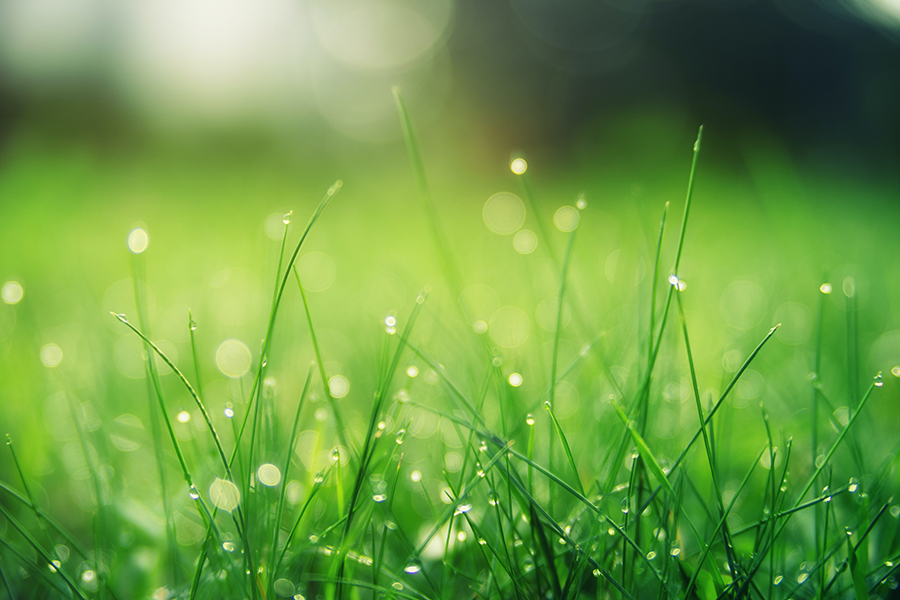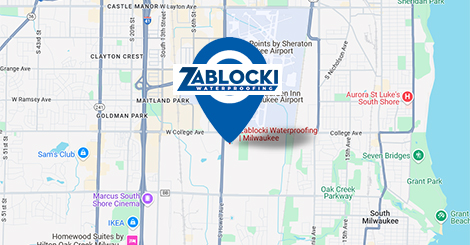For homes in areas where heavy rains or melting snow are relatively common, proper water drainage is critical. Improper drainage has many negative ramifications including basement leaking, foundation degradation and cracking, and even damage to the structure of your home. If you have noticed standing water in your yard after heavy rains or melting snow, this is a sure sign that your property is not adequately draining groundwater away from the premises.
The need for proper drainage is made glaringly clear when water makes its way into a home’s basement. This can be an indication that the ground around the home is not sufficiently sloped away from the foundation to allow water to move away. In this case, the first step should be checking and improving the soil grading around the home. Using a soil with a high clay content, build up around the foundation so that there is at least one inch of vertical clearance for every horizontal foot away from the home.
After proper grading is ensured, it’s time to address the question of just where that water should be deposited. Water should not be directed towards a municipal storm drain, which can negatively impact the natural waterways in your neighborhood. A drainage swale uses natural flora of the region to assist with onsite water drainage, making it an ecologically responsible solution.
If you are struggling to determine how to properly drain water away from your home, read on to learn what a drainage swale is and how to create one on your property.
What is a drainage swale?
A drainage swale looks like a small trail of plants and vegetation that extends away from a home’s foundation. As water flows through the swale, the plants soak up the water, providing a natural drainage solution. Drainage swales typically run towards a rain garden or underground dry well.
How to Create a Drainage Swale
Step 1: Inspect the soil
Creating a drainage swale begins with inspecting the soil. If your soil drains fast enough (at least a half inch per hour), you can simply loosen that soil. If your soil drains slower, you’ll want to add in soil with a mild to moderate amount of compost. For cases where the soil drains extremely slowly, an addition of screened sand may be needed, as well as compost soil. Keep in mind that the fast-draining soil needed for a drainage swale is the opposite of the heavy clay soil that drains very slowly, allowing water to run away from the foundation.
Step 2: Dig a path
A drainage swale should maintain a slight slope away from the home. If the grading is too steep, water may not be able to be adequately absorbed by the plants before reaching its final destination. The width of the swale should be at least three times wider than it is deep. The first 8 inches of soil are the most important; make sure they drain well. A length of perforated PVC pipe can be laid to assist in drainage.
Step 3: Add native plants and grasses
After the swale’s path is dug, you can begin planting local greenery to assist in the drainage process. Consulting with a local landscaping expert can help you get an idea of what kinds of plant varieties are native to your area and will provide the necessary absorption functionality in the swale.
As previously mentioned, a drainage swale should end at an area on-site, not into the municipal water system. Rain beds or underground wells are good options. While small swales can be a fun outdoors DIY activity, for larger or more complex swales, a professional landscape architect or contractor should be consulted.
At Zablocki Waterproofing, we love helping Milwaukee homeowners find innovative solutions to keep their basements dry. However, we know that moisture will probably find its way into your basement, so keep our number handy. We proudly offer expert bas.ement repair, basement waterproofing, and drain tile services. Give us a call to get started today.





